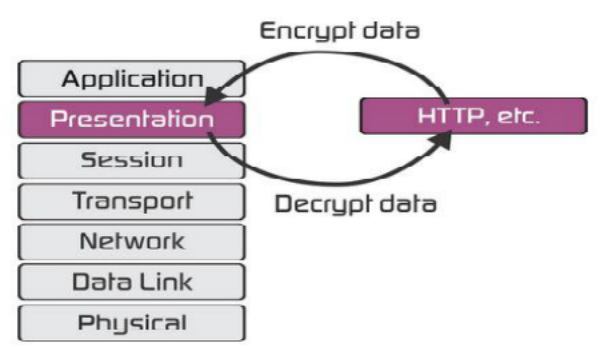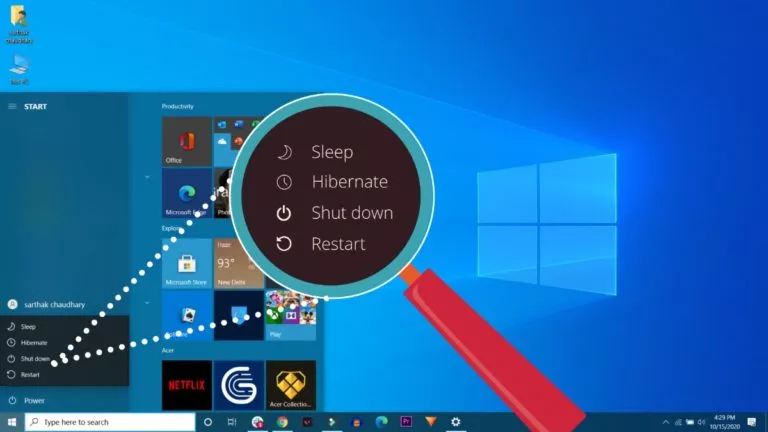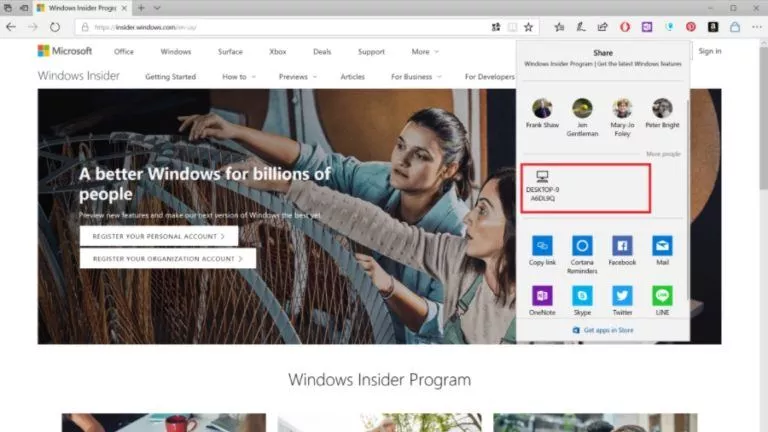Presentation Layer Of OSI Model For Beginners

 Short Bytes: Presentation layer comes next after the session layer in the OSI model of layers in the computer networks. The presentation layer is an important layer in the OSI model because it is responsible for some of the important services like data conversion, data compression, encryption, and decryption.
Short Bytes: Presentation layer comes next after the session layer in the OSI model of layers in the computer networks. The presentation layer is an important layer in the OSI model because it is responsible for some of the important services like data conversion, data compression, encryption, and decryption.
Presentation Layer:
Presentation Layer is the sixth layer in the OSI model and here are some of the functionalities of the presentation layer:
Translation
Before being transmitted, the data remains in the form of characters and numbers. This data has to be changed to bitstreams before transmission. The presentation layer is responsible for interoperability between encoding methods as different computers use different encoding methods. It translates data between the formats that a network requires and the format a computer needs.
Encryption
It carries out the process of encryption at the transmitter end and the process of decryption at the receiver end.
Encryption and decryption are ways to protect the confidentiality of the data stored on computer systems or wired over the internet or other computer networks.
Also Read: Network Layer Of OSI Mode: Functionalities and Protocols
In terms of security, modern-day encryption methods play a vital role in the security assurance of IT systems and communications as they can provide not only confidentiality but also, authentication and integrity.
Data compression
Data compression is also known by different names like source coding or bit-rate reduction. As evident from these names, data compression involves encoding information using fewer bits than the original representation. So in this way, the data compression can be either lossy or lossless.
Even though lossless compression reduces bits by identifying and eliminating statistical redundancy, no data information is lost in the lossless compression.
On the other hand, the lossy compression reduces bits by identifying unnecessary information and removing it.
Data compression is useful in computer networks because it helps in the following ways:
- Reducing resource usages such as data storage space or transmission capacity. B
- Reducing the need for an expensive hardware for the data representation. For example, if a video is highly compressed before transmission, an expensive hardware might be required to decompress the video data before playing it.
Thus, data compression is also very helpful in real-time applications over the internet like real-time video or audio streaming.
Data conversion
There are different types of operating systems such as Windows, Linux, Mac OS etc. are being used all around the world. Data conversion is, thus, responsible for the conversion of computer data from one format to another.
Different computers encode data in different ways on the basis of certain standards. On top of that, each computer program handles data in a different manner. Data conversion comes in handy in those situations when the representation of data is needed on different platforms.
The presentation layer can be composed of two sublayers: common application service element (CASE) and specific application service element (SASE).
Also Read: LLC Layer (Logical Link Control): Data Link Layer Of OSI Model
The common application service element sublayer provides services for the application layer and request services from the session layer. It provides support for common application services whereas the specific application service element sublayer provides application specific services (protocols) like remote database access, file transfer, virtual terminal.
If you have any comments or thoughts related to it, feel free to ask and correct us. Also, don’t miss our complete coverage on the Computer networks.






